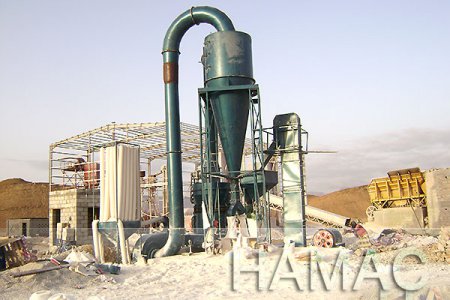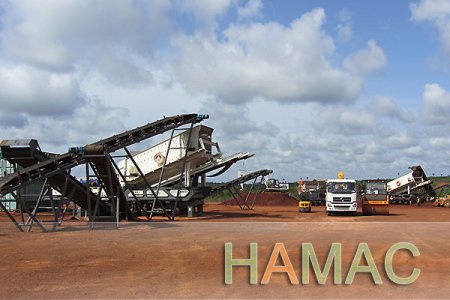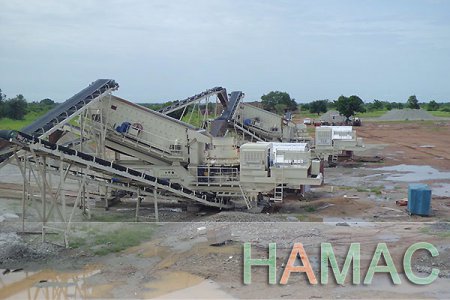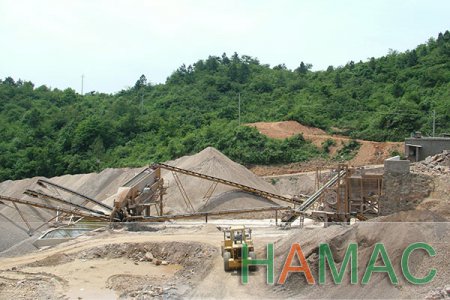You are here: Home - Products - Ore Beneficiation Plant - Dust Catcher
Dust Catcher
- Brand Name:

- Place of Origin: China
- APPLICATIONS: Mining, quarrying, metallurgy, building material, highway, railway and chemical industry.
- Business Type: Manufacturer, Trading Company
Processed Materials:
Flotation machine is a machine that is used for completing the flotation separation process. Inside the flotation machine, the ore pulp processed with reagent is mixed and inflated with air to make some ore particles selectively adhere to the bubbles. Then the bubbles will float to the surface of the ore pulp and be scraped out to become froth pulp and the rest will remain in the ore pulp, thus reaching the aim of separating the minerals. The structural types of flotation machine are various, and the most commonly used is mechanical agitation flotation machine.
Introduction
When the flotation machine works, with the rotation of the impeller, the pulp in the trough is sucked from the bottom of the impeller through the trough bottom to the middle space of the impeller blades, and at the same time, the low pressure air fed by the air blower also goes into the middle space through the hollow shaft and the air distributor of the impeller. After the pulp and the air are fully mixed in the middle space of the impeller, the mixture is pushed out from the upper part of the impeller, being stabilized by the stator in current and direction, and goes to the whole trough. When the froth rises to the stable area, after the enrichment processing, the froth will overflow to the froth trough from the overflow weir. Another part of pulp will flow to the lower part of the impeller and after being stirred by the impeller, it will mix again and become mineralized froth, and the rest pulp will flow to the next trough until become to tailings.
Performance
(1) Pulp chute: It has pulp feeding mouth and the gate device used for adjusting the liquid level and it is mainly composed of mainly composed by the chute body which is melt by the steel board and gate melt by the steel board and steel rod.
(2) Mixing device: It is mainly used for mixing the pulp in order to prevent the mineral sand to deposit on the chute, and it is mainly composed by the belt wheel, impeller, vertical shaft and the impeller is made of the anti-abrasion rubber.
(3) Air charging system: It is mainly composed by the inlet air pipe. When the impeller rotates, there will produce negative pressure inside the impeller chamber in order to absorb air through the hollow pump line and disperse the pulp in order to form a froth group. This kind of pulp with large quantity of froth will be thrown to the stator fast by the rotary force of the impeller and further mineralize the froth in the pulp, and the rotary movement that is meant to eliminate the pulp flow in the flotation cell will cause large quantity of microvesicle and provide necessary condition for the flotation process.
(4) Mineralized foam discharging device: This device is mainly used for scarping the foam floating on the cell and it is mainly composed by the reducer driven by the electric motor and scrapper driven by the reducer.
Global Case
Specification
| Model |
Trough cubage (m³) |
Inside dimensions (L×W×vH) (m) |
Air suction amount (m³ /m² · min ) |
Power (kw) |
Motor model |
Processing capacity (m³ /min ) |
Single trough weight (kg) |
| BF-0.37 | 0.37 | 0.74×0.74×0.75 | 0.9~1.05 | 1.5 | Y90L-4 | 0.2~0.4 | 470 |
| BF-0.65 | 0.65 | 0.85×0.95×0.9 | 0.9~1.10 | 3.0 | Y132S-6 | 0.3~0.7 | 932 |
| BF-1.2 | 1.2 | 1.05×1.15×1.10 | 1.0~1.10 |
5.5 4.0 |
Y132M2-6 Y132M1-6 |
0.6~1.2 | 1370 |
| BF-2.0 | 2.0 | 1.40×1.45×1.12 | 1.0~1.10 | 7.5 | Y160M-6 | 1.0~2.0 | 1750 |
| BF-2.8 | 2.8 | 1.65×1.65×1.15 | 0.9~1.10 | 11 | Y180L-8 | 1.4~3.0 | 2130 |
| BF-4.0 | 4.0 | 1.9×2.0×1.2 | 0.9~1.10 | 15 | Y200L-8 | 2~4 | 2585 |
| BF-6.0 | 6.0 | 2.2×2.35×1.3 | 0.9~1.10 | 18.5 | Y225S-8 | 3~6 | 3300 |
| BF-8.0 | 8.0 | 2.25×2.85×1.4 | 0.9~1.10 |
22 30 |
Y225M-8 Y250M-8 |
4~8 | 4130 |
| BF-10 | 10 | 2.25×2.85×1.7 | 0.9~1.10 |
22 30 |
Y225M-8 Y250M-8 |
5~10 | 4660 |
| BF-16 | 16 | 2.85×3.8×1.7 | 0.9~1.10 |
37 45 |
Y280S-8 Y280M-8 |
8~16 | 8320 |
| BF-20 | 20 | 2.85×3.8×2.0 | 0.9~1.10 |
37 45 |
Y280S-8 Y280M-8 |
10~20 | 8670 |
| BF-24 | 24 | 3.15×4.15×2.0 | 0.9~1.10 | 45 | Y280M-8 | 12~24 | 8970 |











 >
>




















